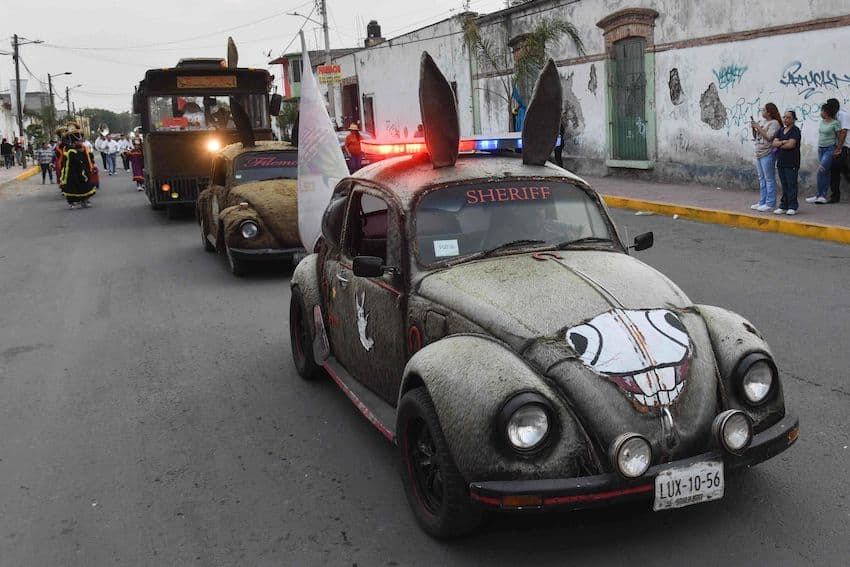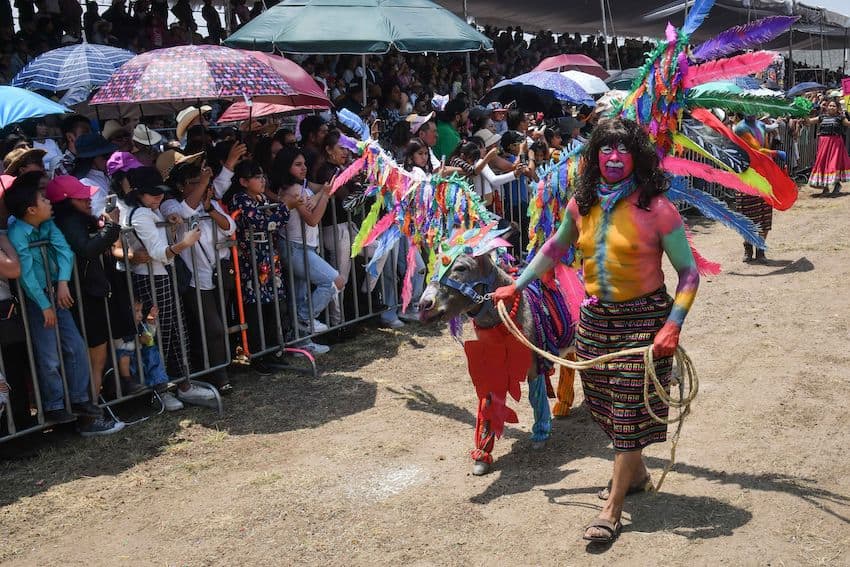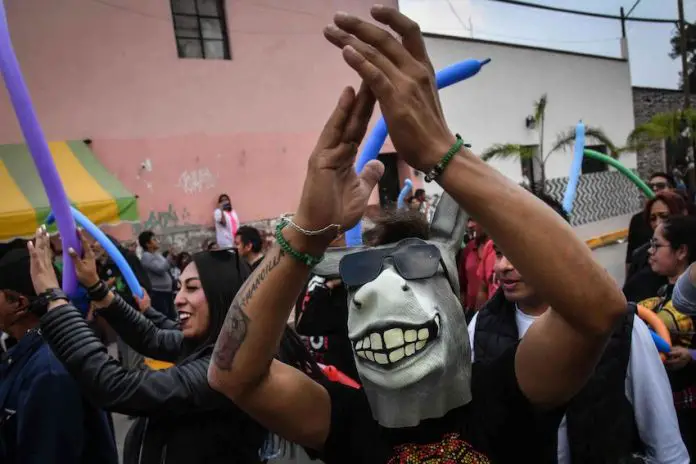Did you know there’s a place in Mexico where donkeys have been celebrated with an unusual festival for almost sixty years?
This week, residents of Otumba, located north of Mexico City in México state, celebrated the 59th annual National Donkey Fair (Feria Nacional del Burro), an event where donkeys are dressed up in elaborate costumes and participate in races. On the last day, May 1 (Labor Day), the donkeys compete for the best costume award.

This year, 14 costumed donkeys participated in different activities starting on April 27. Their outfits were as elaborate and varied as pirate donkey, hot air balloon donkey, carnival donkey, bride and groom donkeys, Santa Claus donkey, Shakira donkey and more. On Wednesday, thousands of attendees gathered at the burródromo to crown the winners.
First place went to witch hunter donkey. The award-winning animal wore a hat and a costume that included a cart with a figure of Jesus Christ, lollipop branches and a “cell” in which the donkey locked up at least three witches.
Second place was awarded to alebrije donkey and third place to carnival donkey. The winners took home 20,000 pesos, 15,000 pesos and 10,000 pesos, respectively.
The event held other activities such as Polo On A Donkey, and braying contests.

Otumba hopes that his annual festival will raise awareness about donkeys, Juan Carlos Chávez, the fair organizer, told the Associated Press in a 2016 interview.
“Donkeys are wonderful animals,” he said. “People say they do not understand [us] … but they do understand. They are very, very obedient.”
The National Donkey Fair has been taking place since 1965. Otumba was once a donkey market during the Spanish colonial period as it was at an important crossroads on the route to Mexico City. The burros carried heavy loads and travelers.
Since ranchers now have tractors and trucks, the use of donkeys is in decline, and most of them are kept as pets.
With reports from La Jornada, Milenio and Diario Portal
